Chernobyl: How to plan a safe and unique trip
A month ago, I went on a Chernobyl trip from Kyiv. And I can safely say, it’s one of the most emotional, eerie, and wildly interesting places I’ve ever been to.
We drove deep into the forests of the Chernobyl Exclusion Zone, visited the notorious Nuclear Reactor 4, the secretive Eye of Moscow, the ghost town of Pripyat, and much more.
In this post, I’ll walk you through everything you need to know about the Chernobyl disaster and how to visit Chernobyl today, step by step.
Read next: 27 things to do in Kyiv
This post contains referral links for products I love. Adventurous Miriam earns a small commission at no extra cost to you if you purchase through my links. I appreciate your support ♡ Learn more
How to plan a Chernobyl trip
If you’re in a hurry or just want a quick recap of the Chernobyl tour highlights, here’s the takeaway:
- You can take a day trip or a multi-day trip to Chernobyl from Kyiv. You can even spend the night there.
- Chernobyl is safe to visit, as long as you follow the rules.
- The trip costs around $115 and takes 10-12 hours. You’ll spend 5 hours inside the exclusion zone.
- Book your Chernobyl tour in advance. Preferably 2 weeks.
- You need to send a copy of your passport when you book. You also need to bring it on the trip!
- You can’t wear T-shirts, shorts or open-toe shoes

Chernobyl location
First, let’s take a look at where Chernobyl is located.
Chernobyl town is located in Ukraine (then part of the USSR), around 140 km north of Kyiv.
The Chornobyl exclusion zone is an area of 2,600 km2 around the nuclear power plant and is divided into two buffer zones: a 30 km zone and a 10 km zone.
The whole area is considered hazardous and you need official permits to enter the zone.

Chernobyl – what happened?
For those not familiar with the background, the Chernobyl disaster happened in April 1986.
A catastrophic meltdown during a safety test at the power plant killed dozens initially and sent a toxic cloud into the atmosphere – 400 times the radiation of the Hiroshima bomb.
During the following years, many thousands of people were directly or indirectly affected by the disaster.
The nearby town of Pripyat, which was home to many of the power plant workers and their families, was evacuated after the disaster, and the 50,000 residents never returned to their homes.
Nuclear Reactor 4, which was the site of the meltdown, was covered with a temporary concrete sarcophagus to confine the radiation.
In October 2017, it was replaced with a new steel sarcophagus engineered by the EU. It weighs 37,000 tonnes and is the largest movable building in the world.


Is Chernobyl safe to visit?
The million dollar question….
And the answer is yes – as long as you’re not dumb enough to wander off or break the rules.
Chernobyl exclusion zone is not expected to be safe to live in for the next 20,000 years. However, radioactivity is considered fairly harmless in small doses, and we’re exposed to it regularly; like if you get a CT scan or take a long-haul flight.
On a Chernobyl trip, you’re only exposed to a low level of radiation for just a few hours.
Today, 400 people still live inside the exclusion zone, and 7,000 people work at the power plant, helping to decommission the ruin and manage the zone. Their time inside the zone is limited to protect them from radiation.
The most radioactive places in Chernobyl exclusion zone:
- Chernobyl Nuclear Reactor No. 4
- The basement of the Pripyat Hospital No. 126
- Red Forest near Chernobyl Nuclear Power Plant
- Basement of Jupiter plant in Pripyat
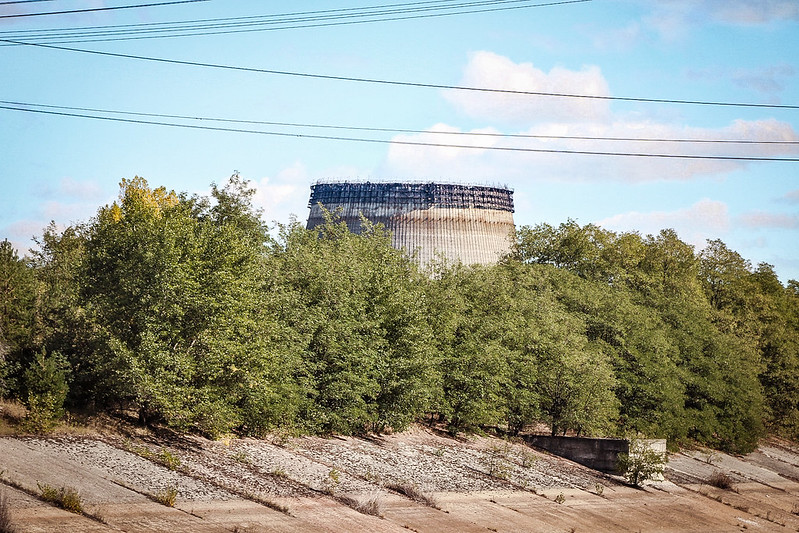
Safety rules for visiting Chernobyl
The tour company was very concerned with guest safety, providing guidelines before and during the excursion. These were the ground rules:
- Don’t touch anything
- Stay with the group and don’t wander off
- No pictures of guards
- Don’t eat inside the zone (you can eat inside the car and the cafeteria)
- Don’t enter the buildings. They’re contaminated and falling apart
- Don’t put anything on the ground
- No shorts, T-shirts or sandals
Leaving the power plant and the exclusion zone, everyone is required to pass through old soviet radiation detectors that check your radiation levels.

Choose the best Chernobyl tour type
Some people have asked if you can visit Chernobyl without a guide. And no. You can’t.
You’ll need to find a tour company (there are plenty!) and go with them. All Chernobyl tours cost more or less the same, which is around $100.
When you choose a tour company, there are a few things you need to consider:
- Group size: Go for smaller groups. We had 12-14 people on our tour and it was perfect.
- What’s included: Hotel pickup and drop-off, lunch, entrance fees, and Geiger-counter rental are included or excluded in some tours.
I went with Soviet Wonders, which I was happy with. I chose them because they do smaller groups, which I generally prefer.
You can also choose this Chernobyl trip by GetYourGuide, which includes lunch and a small group of max 20.

What to pack for your Chernobyl visit
You needn’t take much on your Chernobyl trip. But these are the most important things to bring:
- Passport (not your ID)
- Long-sleeved jumper and trousers (no shorts or T-shirts)
- Closed shoes. I wore Chelsea boots, but sneakers are also fine
- A rain jacket or rain poncho
- Mosquito spray (if you visit during summer)
- Camera
- For winter: Warm jacket, scarf, and gloves. Waterproof boots.

A Chernobyl day trip – step by step
The day started early. We arrived at the meeting point at 7.30, and shortly after, our minibus showed up.
Taras, our guide for the day, welcomed us in the door and checked that we’d brought our passports. Once everyone had taken their seats, Taras asked if anyone wanted to rent a Geiger counter (a device that measures radiation).
Yes, please!
So, we rented one for a few dollars, and no regrets there! It was super interesting to check the radiation and see how quickly it changed.
I checked when we left Kyiv to have something to compare with and it measured 0.16 units. This is harmless.
Entering the Chernobyl Exclusion Zone
We drove for about an hour before we reached the first police checkpoint, manned by armed guards.
Everyone had their identification checked, to be ticked off against a list of those granted permission to proceed. We also got a GPS each. That way they knew where we were at all times.
After passing the 30 km checkpoint, we drove a little further and soon arrived at the outskirts of Chernobyl.
The Geiger counter read 0.22 microsieverts. Reactor 4 was a mere 18 kilometres away.
The streets were empty.
The silence was deafening. And in the square was a statue of Vladimir Lenin, standing proud with one hand holding his lapel. In 2015, Ukraine passed a series of laws to de-communize the country. Soviet city names were changed to Ukrainian ones.
The statues of Lenin were torn down. But here, nothing has changed. Time has stood still.

Nearby was a memorial park with two rows of signs. Each held a name in memory of the 97 villages that vanished after the disaster.
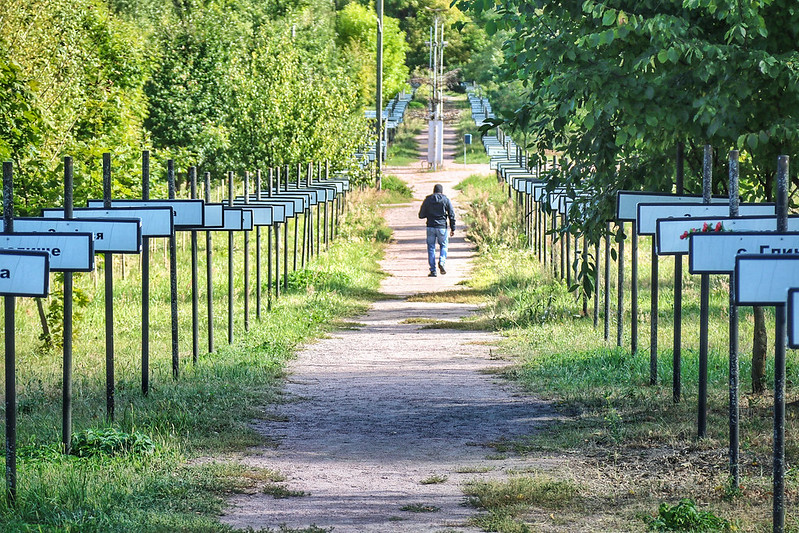





We passed the 10 km checkpoint and headed deeper into the forest towards the Eye of Moscow.
Also known as the Duga, this enormous abandoned antenna stands towering 150 meters (492 feet) high and stretches almost 700 meters in length. The Duga radar base was kept secret for years and used by the Soviets during the Cold War to detect foreign missiles.
We were now in the inner buffer zone, just a few kilometers from where it all began.
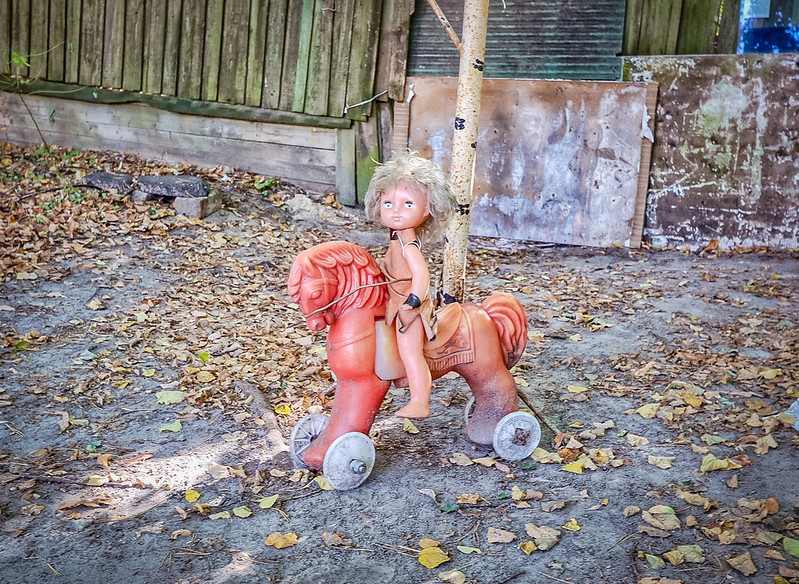



Chernobyl Power Plant & Reactor 4
“That’s Reactor 4, right there!”, Taras announced and pointed straight ahead. Glued to the window, I tried to catch a first glimpse of the power plant.
My Geiger counter read 1.18 units; the highest number of radiation so far, which got me a little worried about where we were headed next – into the heart of the Exclusion Zone: the most radioactive area around the reactor itself.


The giant stainless steel sarcophagus gleamed in the sunlight. We were now 100 meters from where the core melted, which is as close as it gets.
I pulled out my Geiger counter again and was a little surprised to see the number had decreased from 1.18 to 0.95 units.
“Why isn’t the number higher here at the core,” I asked.
“That’s because everything has been washed down twice, and all the soil and asphalt have been replaced”, Taras replied.


Further down the road was the cafeteria. After a quick radiation scan through one of those very old Soviet scanners, we sat down for lunch.
Lunch was served inside the workers’ canteen, where all food and drinks were brought in from outside the zone.
Pripyat ghost town
After lunch, we headed to Pripyat; the abandoned ghost town where time has stood still for the past 30 years.
At the city sign, we stepped out of the minibus for a minute. I was walking a few meters towards the road when suddenly the alarm on my Geiger counter went off.
The screen display showed a reading of 1.76 units! The alarm’s piercing sound grew more intense while the reading suddenly raced to 5.3, then 5.6, and 7.6. OK, now I’m worried!
“This is a hotspot of radiation,” Taras explained before I fled back to the sanctuary of our minibus.
We were standing close to the Red Forest. A pine tree forest that got so radioactive that the trees turned red.

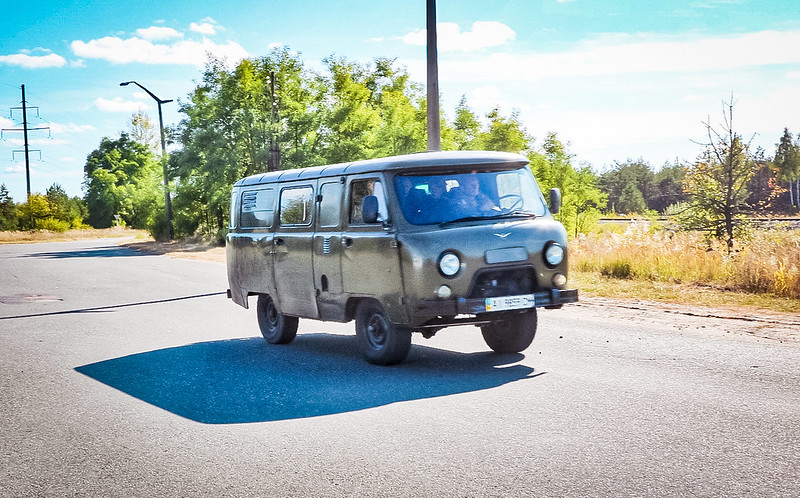
We drove across a little bridge, which is the so-called “bridge of death” where people gathered to watch the fire in the HBO series “The Chernobyl Diaries”.
Inside the abandoned city of Pripyat, in the middle of the forest, we got out of the minibus and started walking.
Pripyat was quiet. There wasn’t a single person in sight. The atmosphere was eerie; the buildings were merely ghostly remains.
The odd bird flew by.
But Pripyat wasn’t just a desolate, decaying wasteland. What I saw was nature taking back what man had ruined.
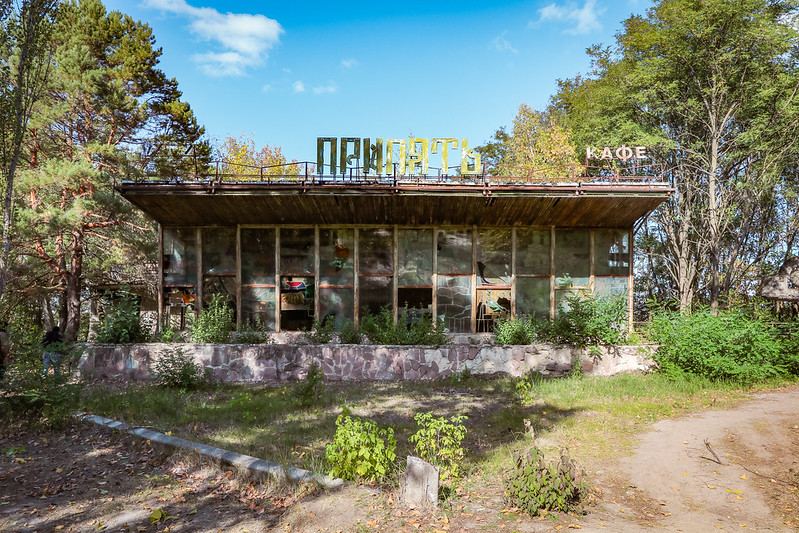



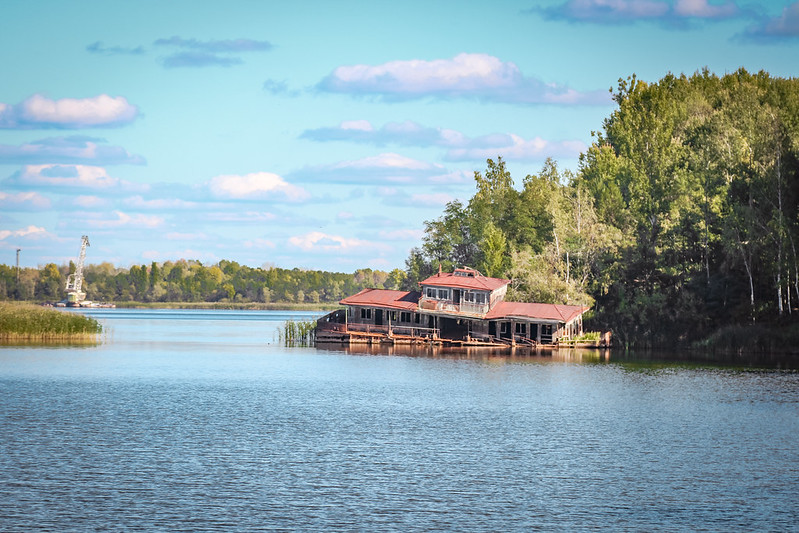
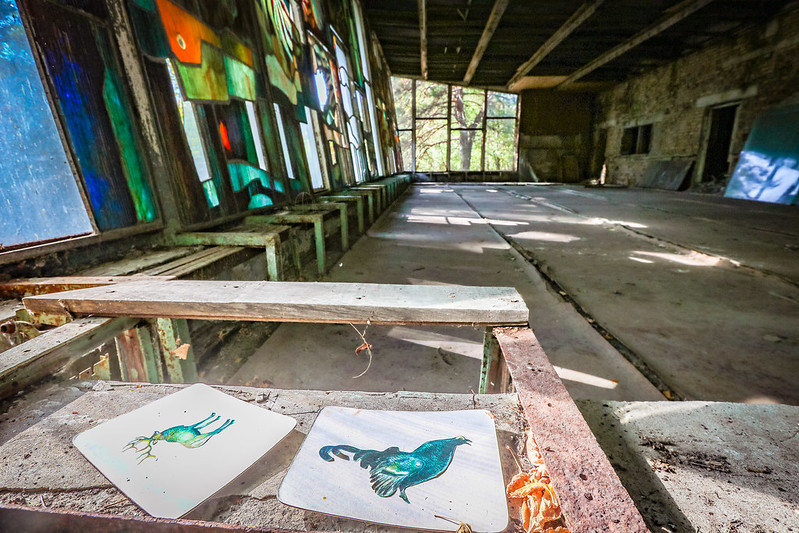

We wandered around the abandoned town for quite some time. Trees, bushes, and plants had taken over the old buildings, and if you didn’t know which direction you were headed, you’d be lost within minutes.
“That’s the hospital,” Taras said, and everyone looked in his direction.
In the basement, concealed deep underground, lies the clothing worn by the firefighters who attended the scene immediately following the meltdown.
The firefighters were so radioactive that their eyes changed colors, and they were later buried in lead coffins. Today, that basement is one of the most contaminated places on earth.
As I walked through the empty streets in silence, the scale of Chernobyl really sank in. It felt almost post-apocalyptic, and it made the tragedy that much more tangible.
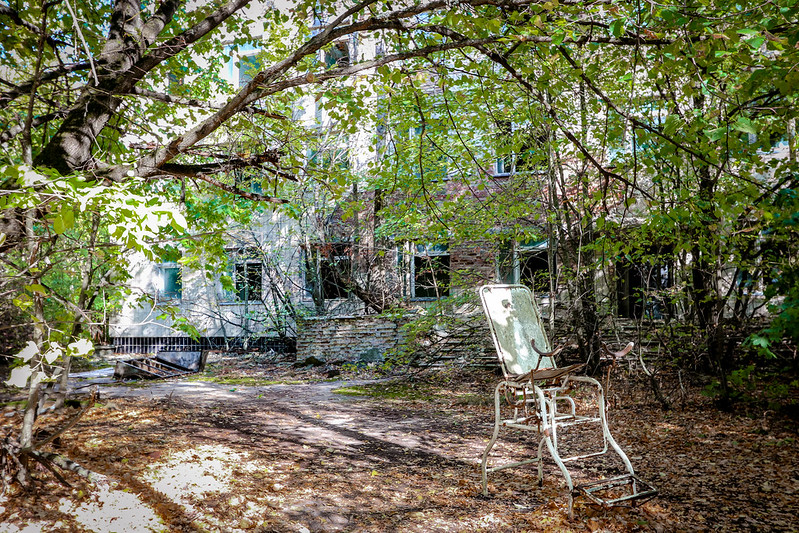
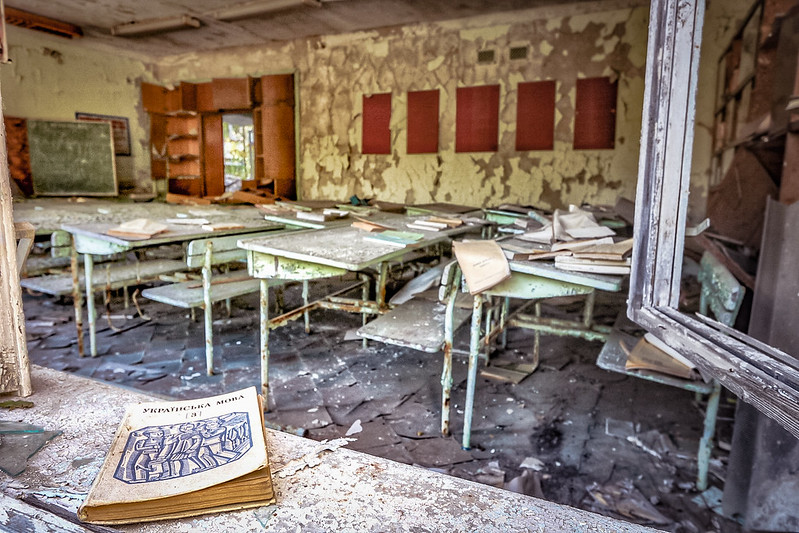
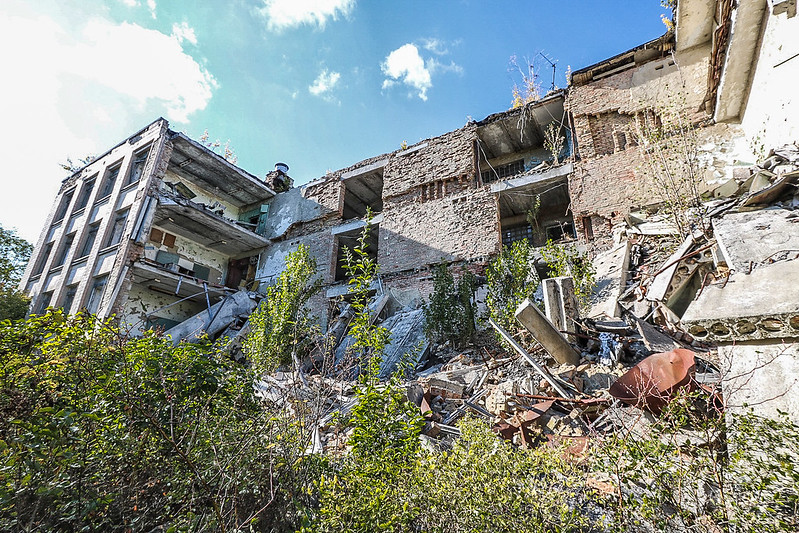


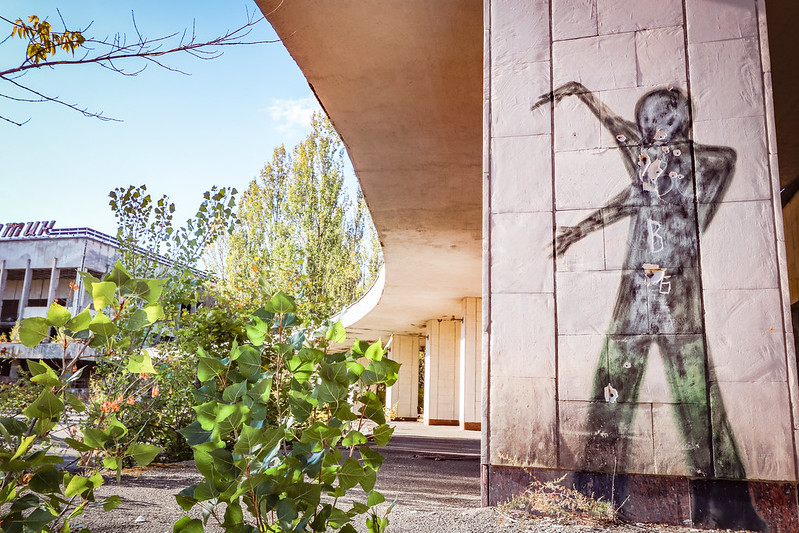

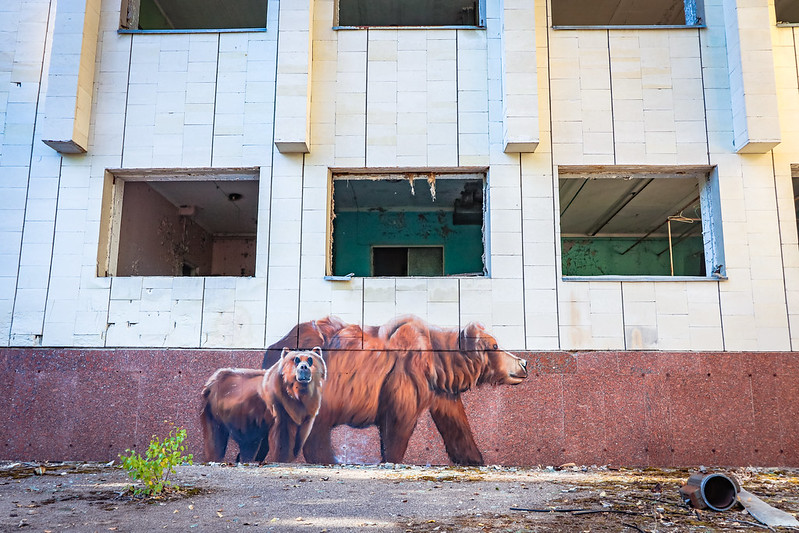


Nearby was the Chernobyl amusement park.
The abandoned theme park was due to open just a month after the disaster struck. It was built to entertain the 50,000 people who once lived in the town, but instead, it now lies in ruins and becomes rustier day by day.
The sun was about to set as we walked back to the minibus. It had been a long day with a lot of emotions.
As we passed the 10km outpost on the way to Kyiv, we went through the final radiation scanner of the day and got the all-clear.
Chernobyl was behind us.


Final thoughts
Visiting Chernobyl was a fascinating and worthwhile experience.
There’s something about exploring a place that’s frozen in time, but it was also a powerful illustration of the loss and devastation felt by those connected to the place.
If you’re interested in the history of Chernobyl and want to experience the site yourself, you should go. And rather sooner than later, because Chernobyl tourism is on the rise since the TV series aired.

FAQ – Tour to Chernobyl from Kiev
Can tourists visit Chernobyl?
Normally, you could visit with an organised tour. But as of 2024, due to the war, it’s not possible to visit Chernobyl.
How many days can you stay in Chernobyl?
Most tours to Chernobyl are day trips, but there are options for two-day or even longer stays.
These extended visits give you more time to explore the Exclusion Zone’s hidden corners, including Pripyat and other lesser-seen spots.
Overnight stays involve accommodations in nearby towns.
Can you walk around Chernobyl without a suit?
Yes, you can walk around Chernobyl without wearing a protective suit.
However, visitors are asked to wear long sleeves, pants, and sturdy shoes to minimize exposure to contaminated materials.
Safety measures and guidelines provided by tour operators should be followed closely.
What is the 3 day tour of Chernobyl?
The 3-day tour of Chernobyl offers a comprehensive exploration of the Exclusion Zone, including the reactor site, Pripyat, and various hidden locations not covered in shorter tours.
You’ll have more time to absorb the area’s history and aftermath, with expert guides providing insights.
This tour includes accommodations and requires adherence to safety protocols.


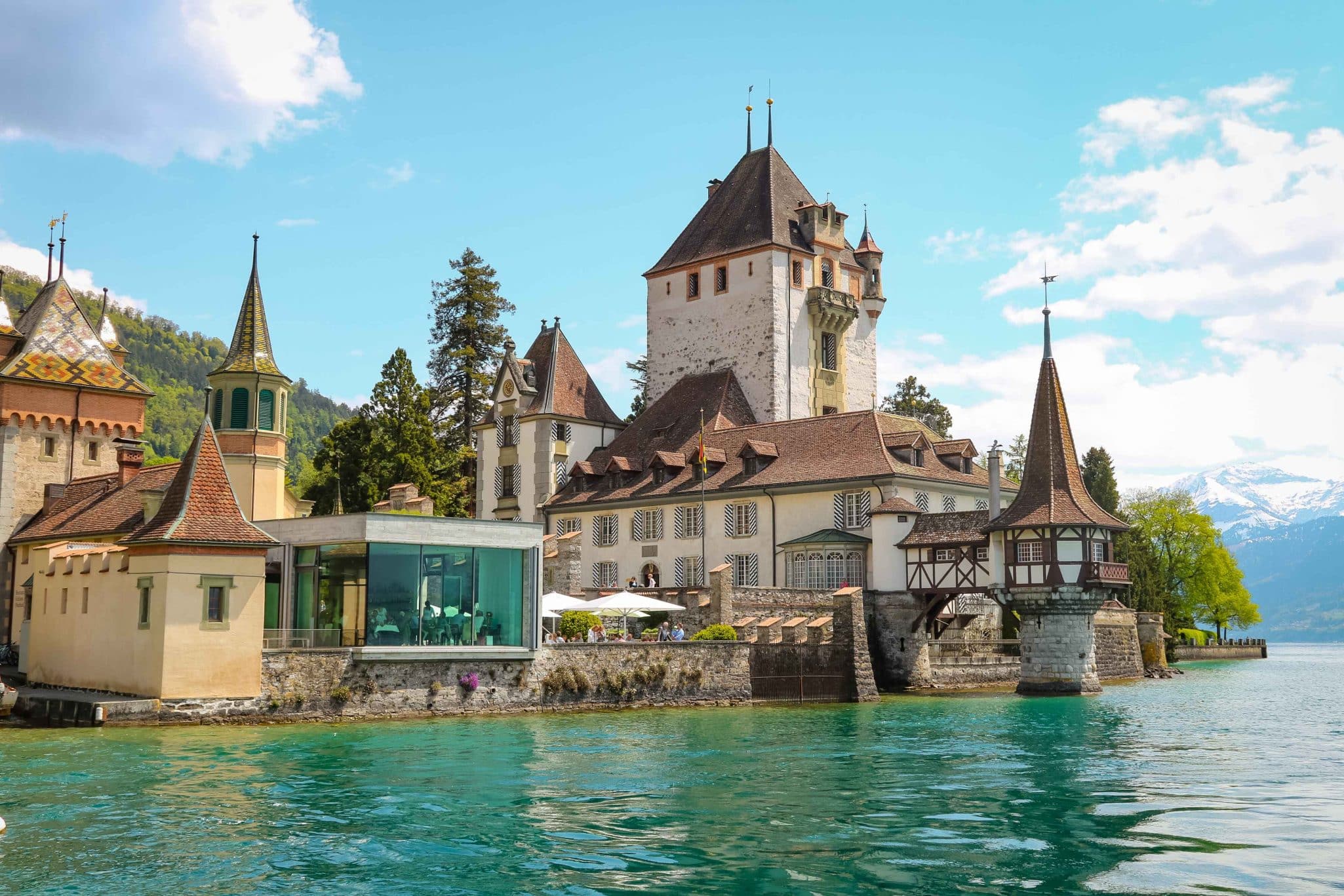

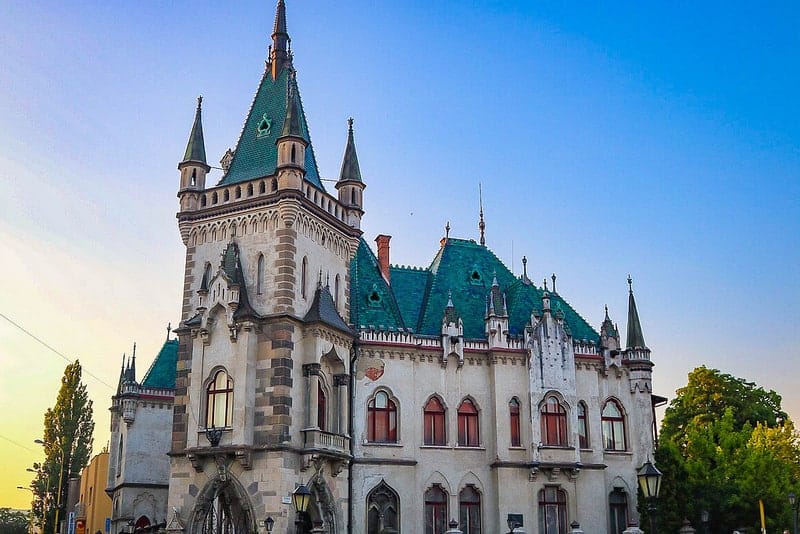
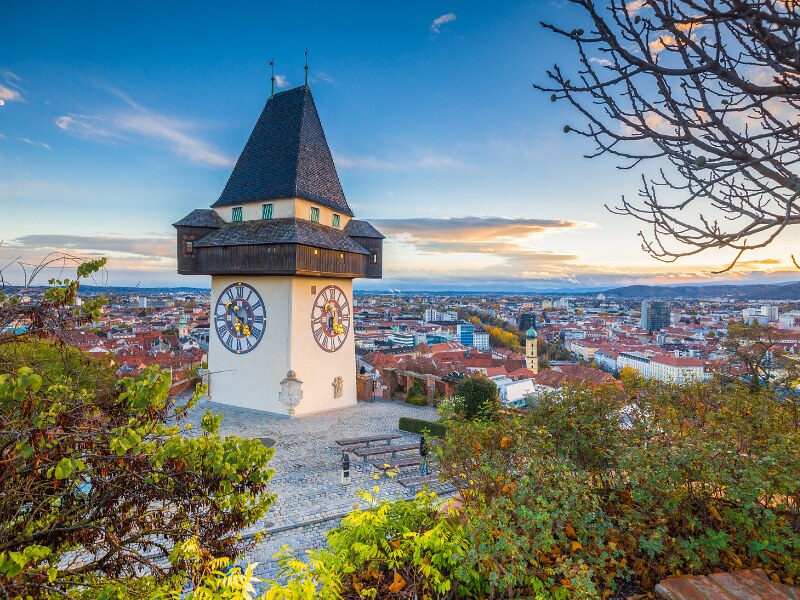
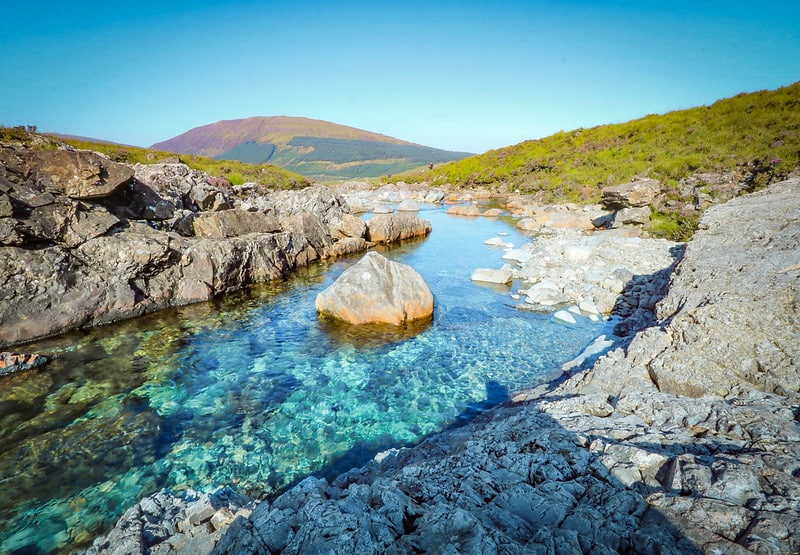
Thanks for the article. Having seen a documentary about Chernobyl, I am quite interested in going – although a little apprehensive – but it seems as though it might not be a difficult as I thought.
Hi Gary, I was a little apprehensive as well. I think most people are. But it is quite straight-forward to visit and definitely an interesting experience! Plus, Ukraine is such a wonderful country with lots to see (especially Kyiv and Lviv), so it’s worth going.
Did the chernobyl power plant and control room 4 last year. If you go there mind as well do it right. Scientifically that’s the most interesting part
It wasn’t possible to visit the control room when we visited and now not at all. Hopefully the war will end soon.
This post was incredibly helpful! I’ve always been fascinated by Chernobyl, and your tips for planning a safe trip make it seem much more accessible. I especially appreciate the advice on choosing the right tour company and what to pack. Can’t wait to start planning my adventure!
What an incredibly insightful guide! I’ve always been fascinated by Chernobyl, and your tips on planning a safe and unique trip are invaluable. I appreciate the emphasis on responsible tourism and following safety protocols. Can’t wait to put this into action for my future adventure!